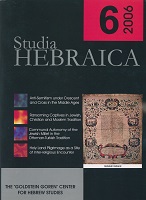
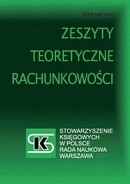
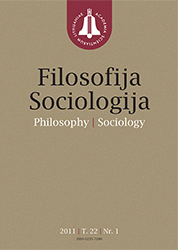
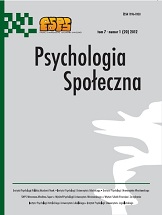
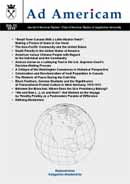
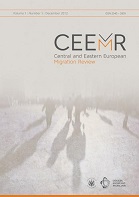

Keywords: TRADITION; BULGARIAN COMMUNITIES; DÂMBOVIŢA
The folk ensemble carries on its activities at the “Matei Voievod” Cultural Centre, branch of the Târgovişte House of Culture. The group is present at events organized by the House of Culture and represents the Cultural Association of Bulgarians in Târgovişte.
More...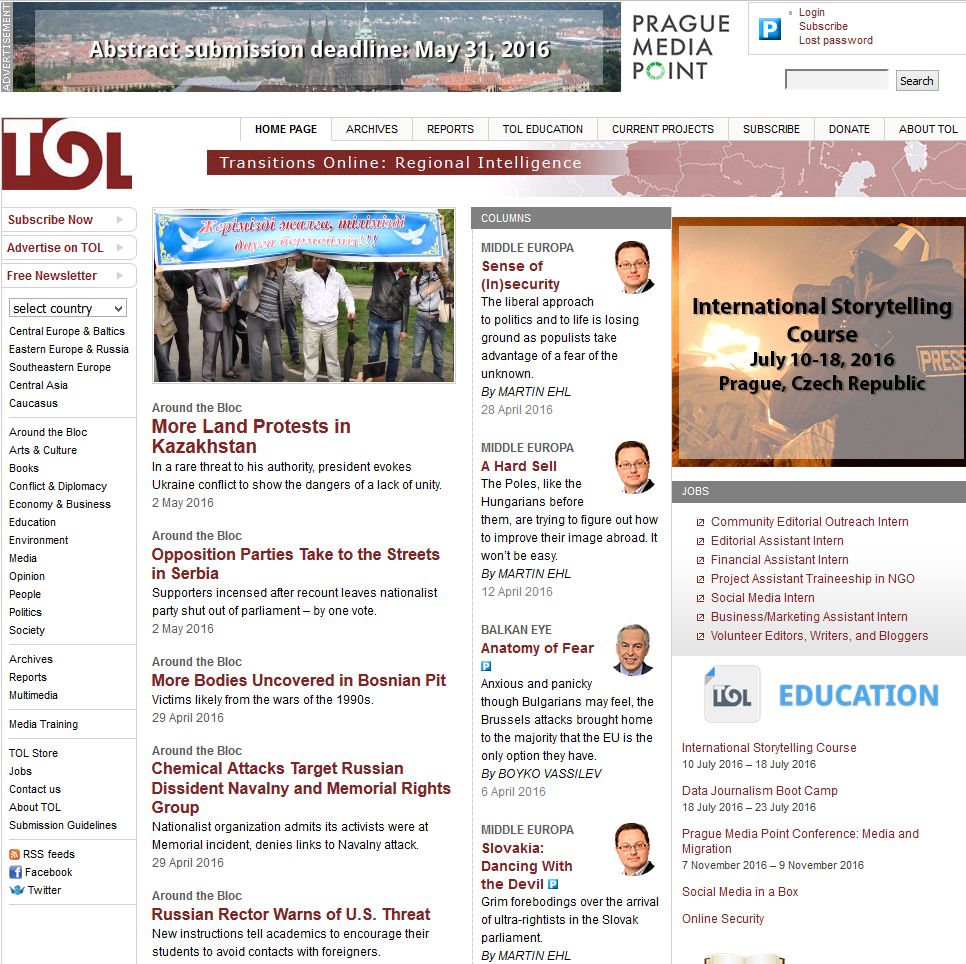
Keywords: Romania; culture; Ballet; Alexandrescu; Kobborg; Cojocaru
Infighting and political interference threaten to shatter the country’s leading opera house and ballet company.
More...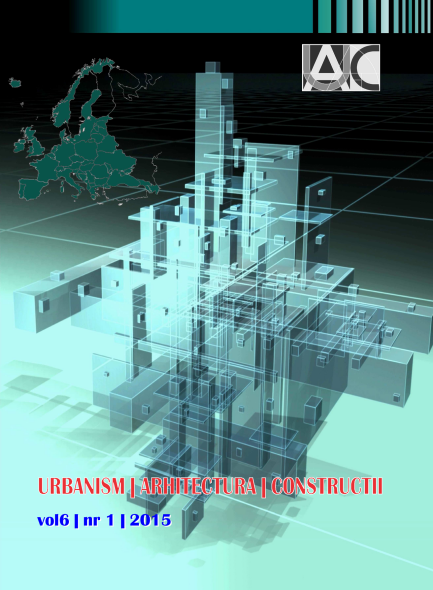
Keywords: NIRD URBAN-INCERC; EuroInvent
No abstract available, this is an event report.
More...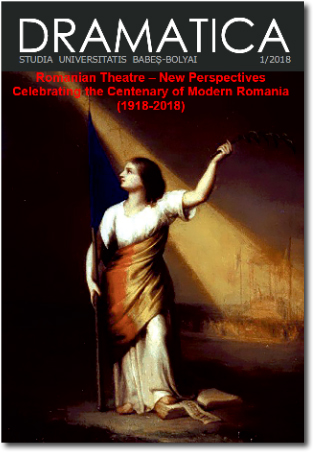
Keywords: playwriting; directing; dramatic author; Romanian dramaturgy.
The present interview with Alina Nelega is centred on the contemporary Romanian dramaturgy. Our discussion focuses on the existing initiatives to encourage emerging playwrights, as well as on topics like the evolution of theatre in Romania after the fall of communism, the director-playwright relationship, the transition of the playwright to the status of dramatic author but also on the image of the country in the Romanian dramaturgy.
More...Keywords: causation; syntactic causatives; force dynamics; dispositions;
The French causative verb laisser can enter two different constructions: a monoclausal one resembling the faire-infinitive construction (Kayne 1975, Alsina 1992, Guasti 1996, Folli & Harley 2007) and a biclausal one. While differences in interpretation between these two constructions have been pointed out (Kayne 1975, Enghels & Roegiest 2012), the link between structure and conceptual representation has not been clearly defined yet. In this paper, we tackle the syntax and semantics of causative laisser adopting as a background Talmy’s (1988) force dynamics model of causation. We further show that the link to the selectional restrictions of the causative verb can be made by considering forces as dispositional causal properties (Fara 2001), that is, properties that become relevant with respect to the role of an entity in a causal chain.
More...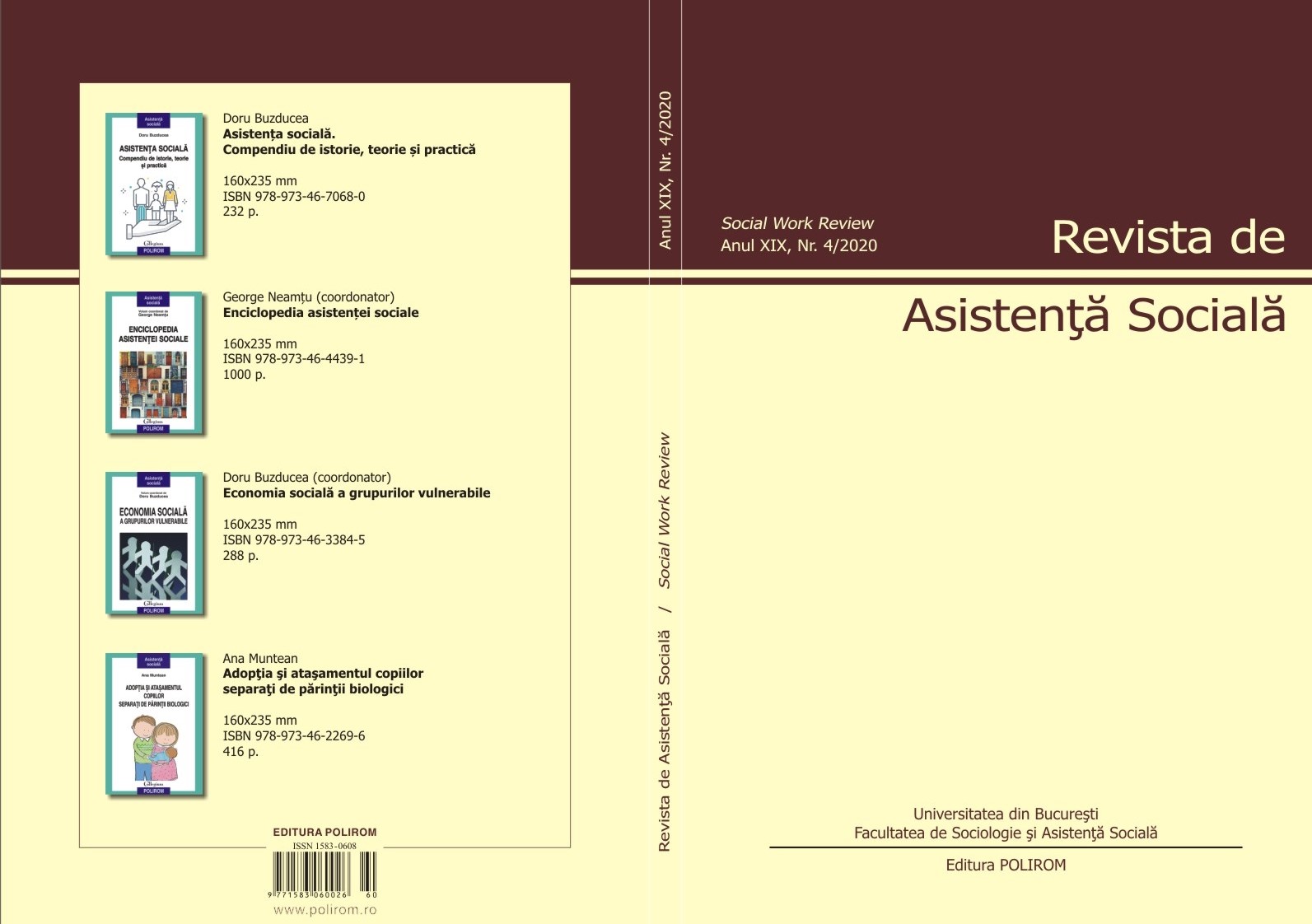
Keywords: elderly people; anxiety; social work counseling;residential care;
Abstract. Anxiety and depression are two of the indicators of the mental health condition of the elderly. The persistence of anxiety and the increase of its intensity can contribute to the decrease of the quality of life of the elderly placed in residential care. The study aimed to measure the intensity of anxiety of 42 elderly subjects from the Arad Care Center for the Elderly. The Hamilton Scale for Anxiety (HAM-A) was used as a method of measuring subjects' anxiety and it was applied in two installments; before and after the participation at the anxiety counseling program. For 10 counseling sessions, an attempt was made to form a positive way of thinking of the elderly, to raise awareness of the causes of anxiety and to find alternative activities to reduce anxiety. The results show that HAM-A is a good tool for measuring the intensity of anxiety of the elderly, but also for measuring the effectiveness of the social work counseling program implemented.
More...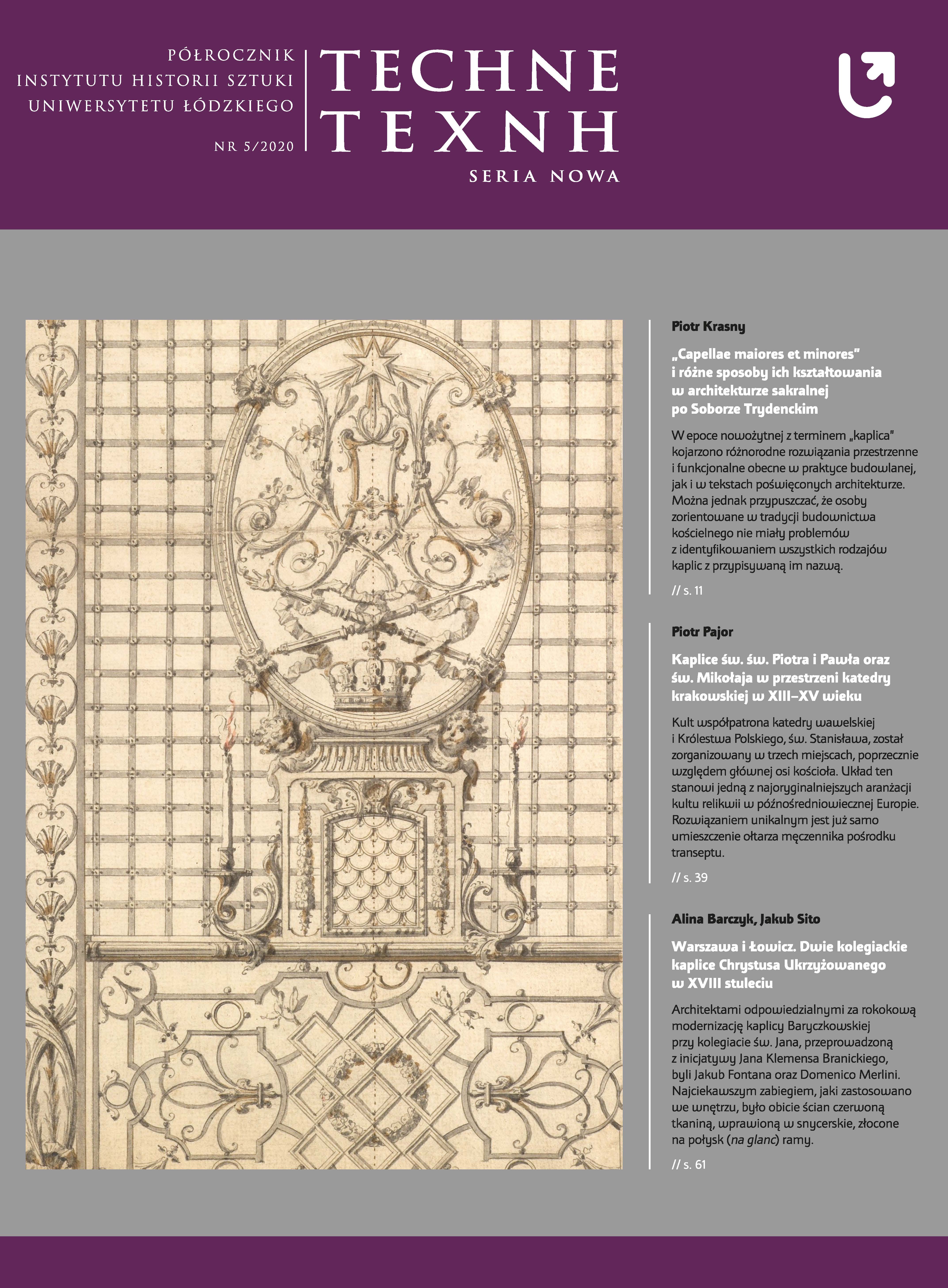
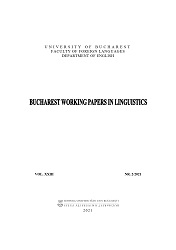
Keywords: denominal verbs; L1 acquisition; Romanian; literal interpretation; figurative interpretation;
The current paper looks at the meaning of denominal verbs, i.e. verbs derived from nominal roots, through an experiment testing how Romanian children (Mean age: 4, Age range: 3-5) and adults understand nonce (non-existent) denominal verbs created from existing nouns such as a cireşi ‘to cherry’ or a vulpi ‘to fox’. We show that children tend to be more “literal” in their interpretation, understanding such novel denominal verbs as actions/processes involving the actual entity denoted by the nominal root. In contrast, adults prefer ‘figurative’ interpretations in certain contexts, for instance, when the nominal root refers to an animal (a vulpi ‘to behave like a fox’). The results can be explained either cognitively, through children’s preference for literal interpretations at this stage in language acquisition, or structurally, through a preference for a structure which is simpler from a lexico-syntactic point of view, combining mostly action “light” verbs (rather than a whole range of light verbs) with nouns (rather than roots or OBJECT like N entities). In addition, we notice that both children and adults show an animacy bias, mostly producing sentences referring to animate entities, as well as an intransitivity bias, using intransitive verbs more than transitive ones.
More...